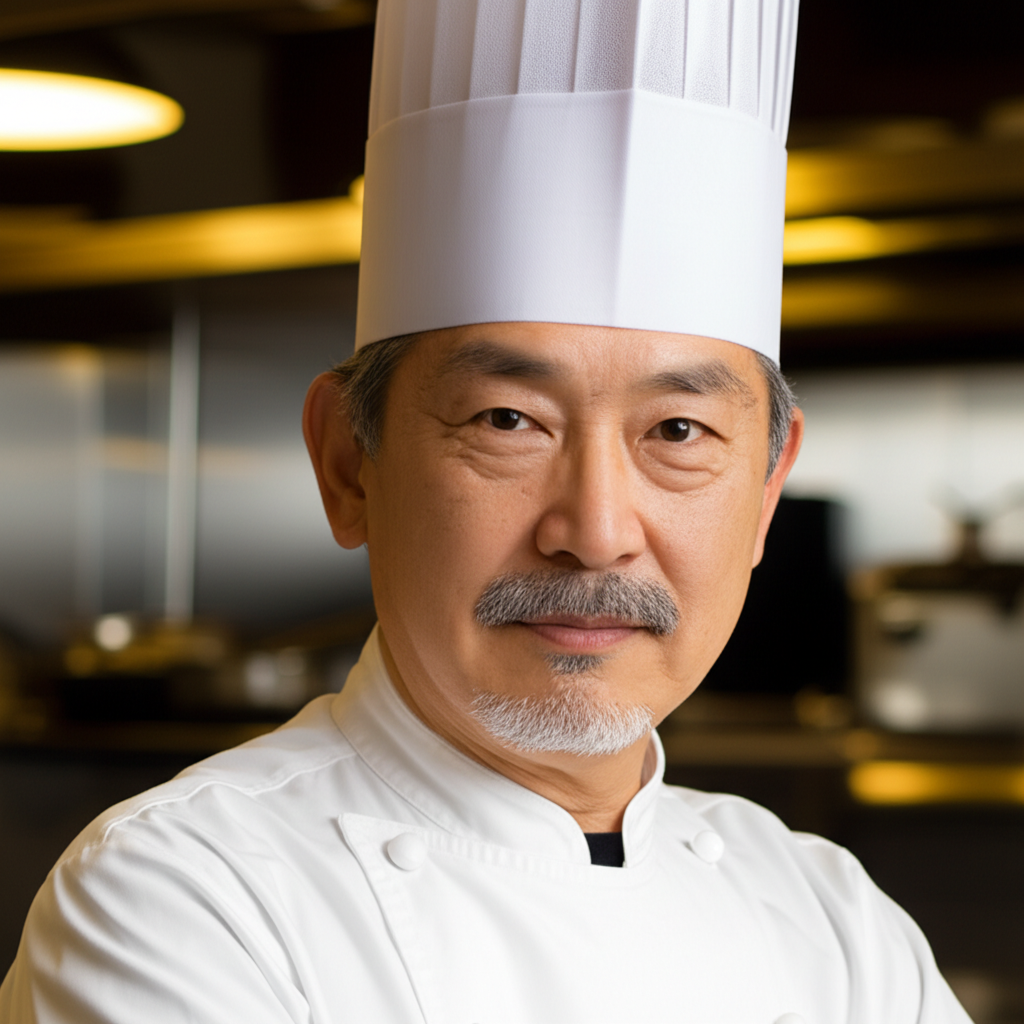The Art and History of Hibachi Cooking


The Art and History of Hibachi Cooking
Hibachi cooking is more than just a meal—it's an experience that combines culinary skill, entertainment, and cultural tradition. In this article, we'll explore the fascinating history of hibachi cooking and how it has evolved over the centuries.
Origins in Japan
The word "hibachi" (火鉢) literally means "fire bowl" in Japanese. Traditional hibachi were heating devices, consisting of a round, cylindrical, or box-shaped open-topped container made of heat-resistant materials such as ceramic or metal. These were filled with burning charcoal and used primarily for heating homes during the winter months in Japan.
The cooking style we now associate with hibachi in the West actually originated from teppanyaki cooking. Teppanyaki uses an iron griddle with a flat, solid surface to cook food, unlike the open-grate design of traditional hibachi.
Evolution into Entertainment
The modern hibachi restaurant experience, where chefs cook at your table with flair and showmanship, was popularized in the United States by the Benihana restaurant chain, founded by Rocky Aoki in 1964. This style of cooking transformed the meal into dinner theater, with chefs performing tricks like the onion volcano, flipping shrimp into their pockets, and creating fiery displays.
Hibachi at Home
Today, the hibachi experience has evolved further with services that bring the entertainment and delicious food directly to people's homes. Professional hibachi chefs can now set up portable grills in your dining room or backyard, creating a personalized restaurant experience without leaving home.
The Culinary Techniques
Hibachi cooking involves several key techniques:
1. High Heat Cooking: The flat iron griddle is heated to very high temperatures, allowing for quick cooking that seals in flavors. 2. Simple Seasonings: Traditional hibachi uses minimal seasonings, often just soy sauce, butter, salt, and pepper, letting the natural flavors of the ingredients shine. 3. Theatrical Cutting: Chefs use rapid, precise knife work to cut meats and vegetables, often incorporating this into their performance. 4. Controlled Flames: The signature flame bursts are created by adding oil to hot spots on the grill, creating momentary impressive fire displays.
Popular Hibachi Dishes
Some classic hibachi menu items include:
The Cultural Impact
Hibachi restaurants have become cultural institutions in America, often chosen for celebrations and special occasions. The interactive nature of the cooking creates shared experiences and memories, making hibachi more than just a meal—it's an event.
Conclusion
From its humble beginnings as a heating device in Japan to the entertaining culinary performance it is today, hibachi cooking has undergone a remarkable transformation. Its enduring popularity speaks to our desire for not just delicious food, but memorable dining experiences that engage all our senses.
Whether you're enjoying hibachi at a restaurant or in the comfort of your own home with a private chef, you're participating in a culinary tradition that has brought joy to millions of people around the world.